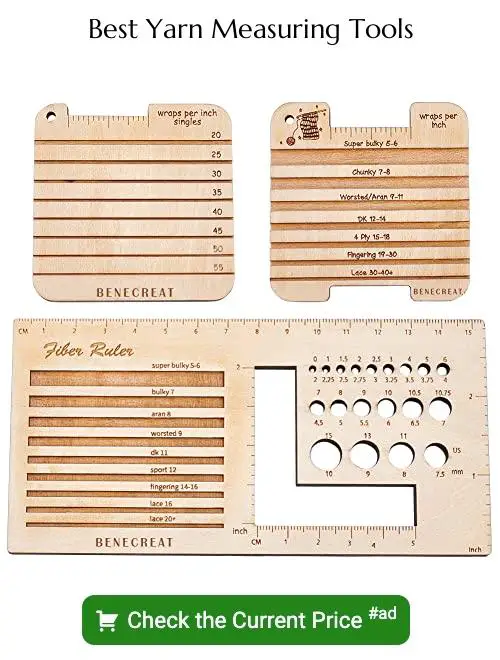Calculating yarn yardage is imperative because it ensures that you have enough material to complete your knitting or crocheting project without unnecessary interruptions.
Calculating yarn yardage is an essential skill for those who love to knit or crochet, ensuring that you have enough material for your projects. The process involves determining the gauge (stitches per inch) of your pattern, the total number of stitches in the project, and the yardage of your chosen yarn.
This article will provide you with a detailed, step-by-step guide to accurately calculate yarn yardage, ensuring you never run out of yarn mid-project again. With this guide, you’ll be able to tackle any knitting or crocheting project with confidence and precision.
Key takeaways:
- Calculate yarn yardage to avoid interruptions in your projects.
- Understanding yarn yardage saves time, money, and resources.
- Use a digital scale, yarn winder, and tape measure for accurate calculations.
- Weigh leftover yarn and make a test square to estimate yardage.
- Gauge swatch and weight methods help estimate yarn yardage for patterns.
Understanding the Importance of Yarn Yardage
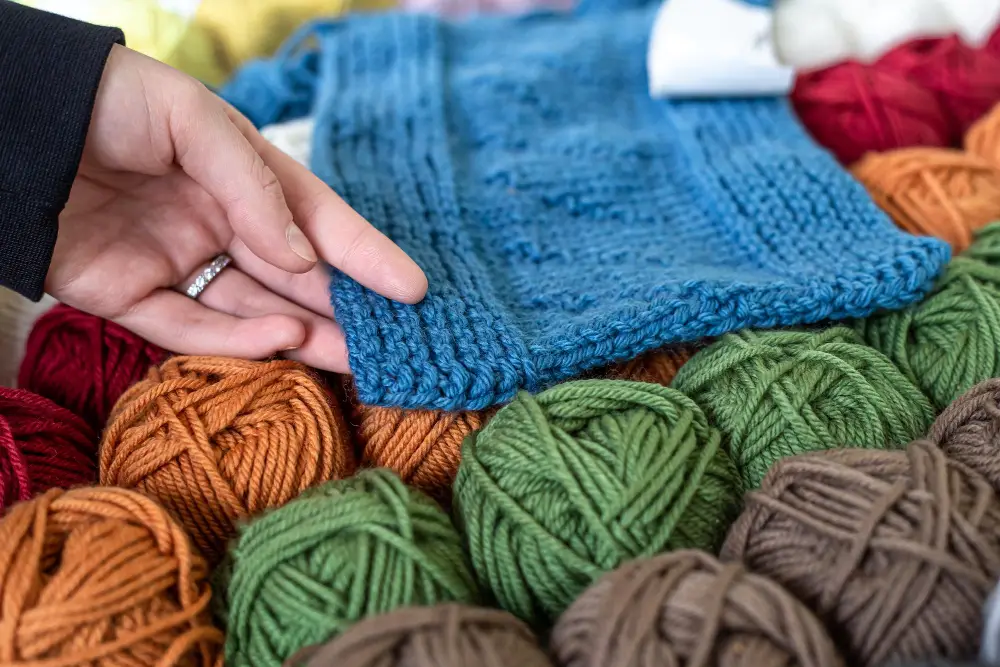
Knowing your project’s yarn yardage requirements will save not only time, but also resources, by ensuring you have the exact amount needed. This prevents the inconvenience of running out of yarn halfway through, or conversely, having excessive leftovers. Accurate yardage calculation can also save costs since yarn is bought depending on the precise need.
Crocheting and knitting patterns typically include yardage estimates, but it’s important to note variances can occur based on your personal gauge, yarn thickness, and type of stitches used. Therefore, understanding how to perform these calculations is beneficial for beginner and experienced crafters alike. Learn to calculate yarn yardage – it’s a worthwhile skill that makes planning and executing your crafting projects a breeze.
Moreover, yarn yardage is crucial when substituting one yarn brand or type for another. Different yarns, even of the same weight category, often contain differing yardage. Therefore, omitting this in your calculations could yield unsatisfactory results. All in all, mastering yardage calculation gives the maker greater control over project outcomes.
Materials Needed for Yarn Yardage Calculation
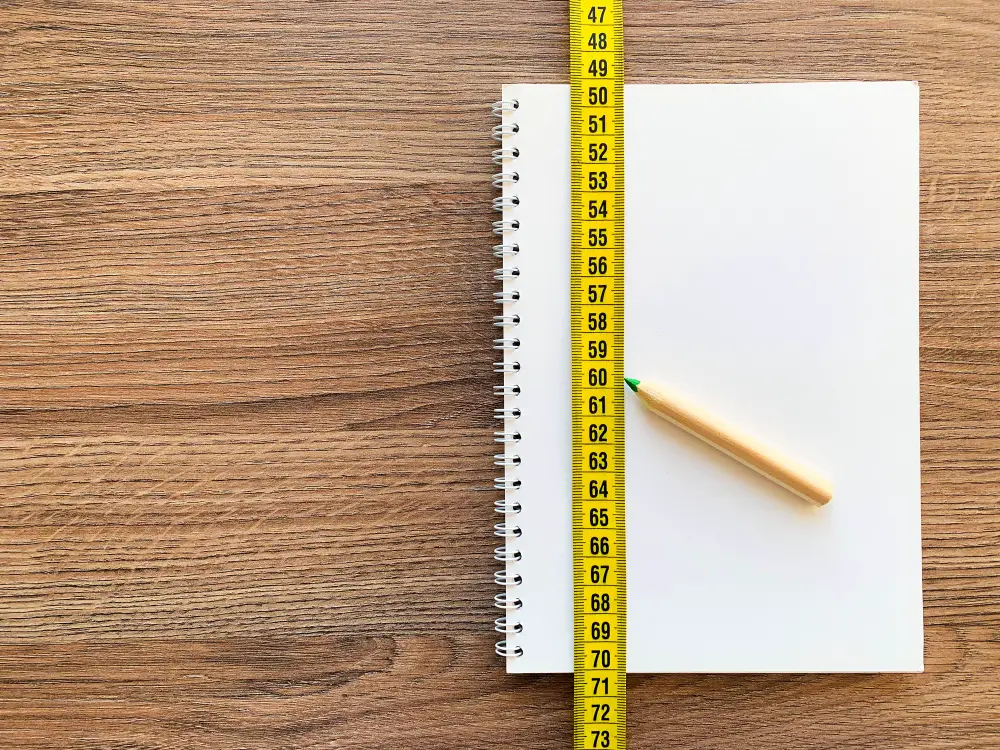
To ensure a precise yarn yardage calculation, equip yourself with the following tools:
- 1. Digital Kitchen Scale: Essential for weighing your yarn. It provides more accurate results than manual scales.
- 2. Yarn Winder: Facilitates even and tidy winding of yarn into a ball or skein, which makes the weighing process easier.
- 3. Measure Tape: For measuring the length of yarn used in a test swatch.
- 4. Crochet Hook or Knitting Needles: Depending on your craft, these are used for making a test swatch before embarking on the actual pattern.
- 5. Calculator: To perform the math needed to figure out the yardage.
- 6. Notepad and Pen: To jot down measurements and calculation results.
These materials are indispensable for successful yardage calculation, keeping the process smooth and the results spot-on. Remember, precision is key in avoiding any yarn shortage in the middle of your project.
Steps for Weighing Yarn
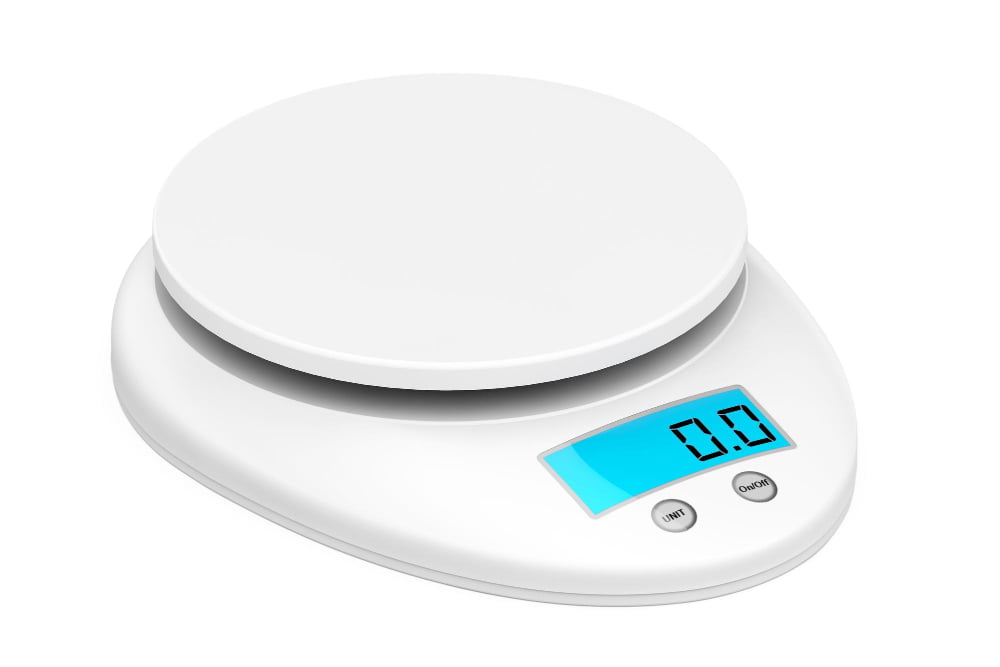
To initiate the process, you’ll need a digital scale capable of measuring in grams. Ensure the scale is calibrated and set to grams for accuracy. Place your leftover yarn on the scale and jot down the result. Save this information for later calculations.
Keep in mind that different types of yarn have varying densities; for instance, 100 grams of a fine lace yarn will have far more yardage than the same weight in a chunky wool.
Once you have the weight of your leftover yarn, you’ll use this data in conjunction with information about the original skein to estimate your remaining yardage. This information is usually provided on the yarn label—total weight and corresponding total yardage—or can be found online.
This procedure doesn’t replace exact measurements but offers an impressive degree of precision in most scenarios, helping you plan future projects or determine whether you have enough material left for just one more row.
Creating and Measuring a Test Square for Accurate Yarn Calculation
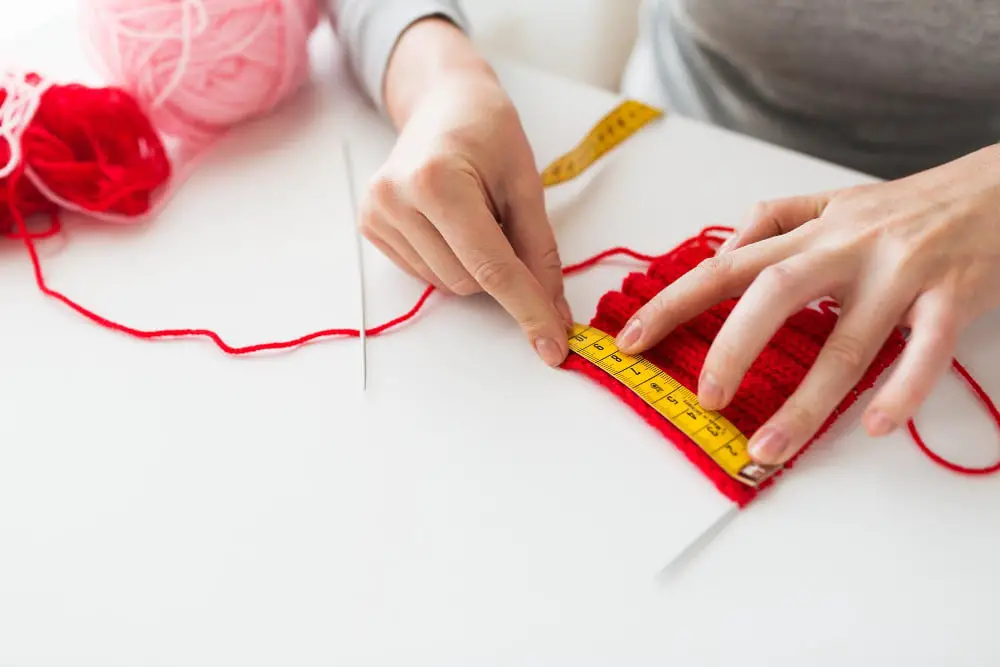
First, make a test square using the yarn and the stitch pattern you intend to use for your project. Measure this square accurately. A frequently used size for a gauge swatch in knitting and crocheting is 4″ x 4″ (10cm x 10cm).
Furthermore, remember to wash and block your square before measuring – it’s vital to mimic the care the final item will receive, as this could alter the gauge.
Then, count the stitches (horizontal) and rows (vertical) in your test square. Jot down these numbers. We’ll use them to make our yardage estimate.
Finally, weigh your test square using a digital kitchen scale, note down the weight. It’s worth mentioning that weight measurements should be in the same unit as your yarn (usually grams).
We’ll use the weight, stitch, and row count of your test square to calculate the yardage for your specific project in the next steps.
Yarn Yardage Estimation for Crochet and Knit Patterns

In crochet, you’ll use more yarn compared to knitting for the same type of stitch. Getting a reliable estimate involves understanding the amount of yarn a specific stitch usually consumes. A single crochet stitch, for instance, uses less yarn than a double crochet stitch, but more than a slip stitch.
Patterns often come with recommended yarn yardage. However, everyone’s tension varies, meaning some people may be tighter or looser crocheters or knitters than others, affecting the amount of yarn used.
Here are two methods to help estimate yarn yardage:
- Gauge Swatch: A gauge swatch can offer a yardage approximation. Crochet or knit a 10 x 10 cm or 4 x 4 inch swatch with recommended yarns in the given pattern and measure how much yarn it consumes.
- Weight Method: If you have a kitchen scale, weigh your finished swatch. Comparing the weight in grams to the weight of the original skein, you can estimate how much yarn will be required for a project.
When knitting, the yarn consumption can vary depending on the stitches used. Stockinette stitch usually uses less yarn than complex patterns like cables or lace. Making a swatch using the stitch you plan to use in your project will give you the most accurate estimate of how much yarn you’ll need.
Remember, it’s always better to overestimate your yarn requirements than underestimate to avoid running out of yarn in the middle of a project.
Interpreting Yarn Labels for Yardage Information
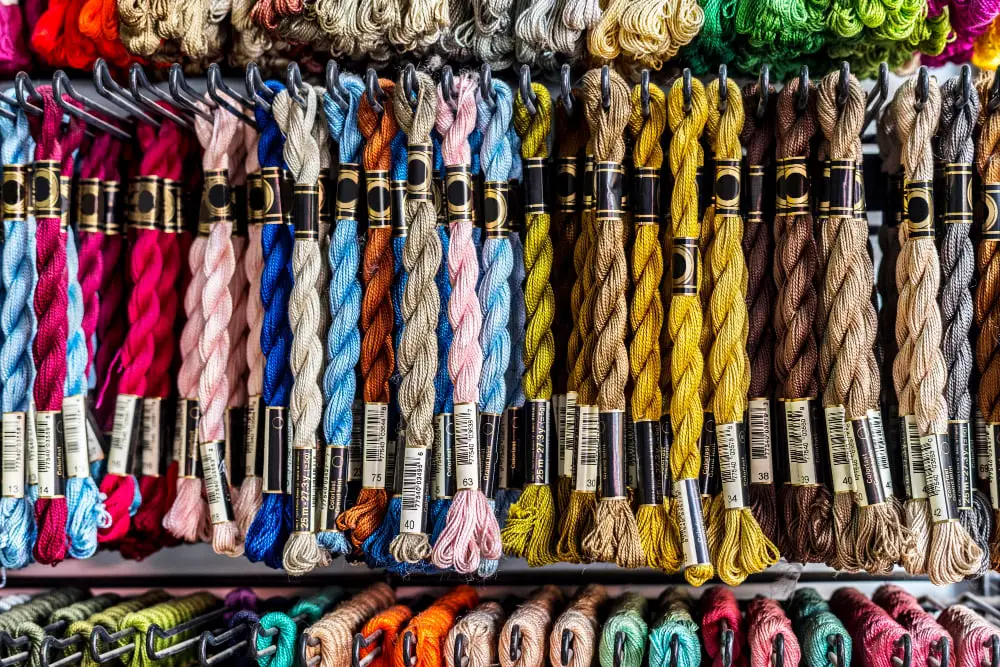
Yarn labels provide valuable data for understanding yarn yardage. When analyzing a label:
1. Identify the weight of the yarn in grams or ounces. This is your yarn skein’s initial weight without any project deductions.
2. Locate the yardage or meters listed. This indicates the length of the yarn within that particular weight.
3. For a partially used skein, scale the yarn then compare it with the weight on the label to estimate remaining yardage.
Remember, these numbers may vary slightly from manufacturer to manufacturer due to differences in yarn thickness or winding techniques. It’s always a good idea to buy an extra skein to ensure there’s enough for your project.
Detailed Yarn Calculation From Scratch
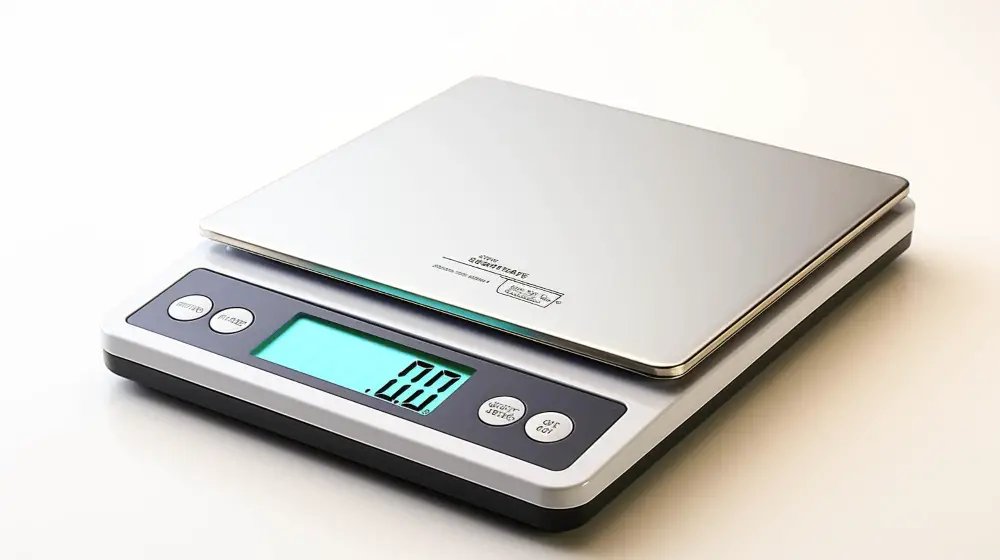
Ready to start calculating your yarn from scratch? Learn this simple process and make the next project worry-free.
1. First, determine the weight of your yarn. Use a kitchen scale to weigh the whole skein or ball of yarn. Make sure your scale is accurate to avoid issues later on.
2. Next, unravel a little of the yarn and measure its length in yards. You could measure a yard, or for more accuracy, measure 10 yards and then divide by 10 to get the average yard per gram.
3. Repeat this three times (more if you wish), always with different parts of the skein, and then average the results.
4. Multiply the average length per gram by the total weight of the yarn. The result is your total yardage.
This method will give you a fairly accurate result, allowing you to start your projects with a clear understanding of how much yarn you’ll need. Always remember to add a small buffer to your yardage, just in case. Happy crafting!
FAQ
How do I calculate how much yarn I need?
To calculate how much yarn you need for a project, multiply the amount of yarn used per stitch by the total number of stitches in the project.
How do I calculate how much yarn I need for a blanket project?
To calculate how much yarn you need for a blanket project, simply multiply the desired width and height (in inches) of your blanket to get the total square inches, then divide that number by 64 to find out how many ounces of yarn you will need.
What is the method for estimating yarn usage for a scarf pattern?
To estimate yarn usage for a scarf pattern, count the number of stitches in a test swatch, divide by the swatch’s size to determine stitches per inch, then multiply by your scarf’s desired dimensions and check against your yarn label for yardage.
How does the stitch type affect the amount of yarn required?
The type of stitch used significantly impacts the amount of yarn needed, with more complex stitches typically consuming more yarn than simpler ones.
What are some strategies for avoiding yarn shortage during a knitting project?
To avoid yarn shortage during a knitting project, it is essential to calculate the amount of yarn required correctly, purchase extra to account for potential errors or practice, and choose a pattern that matches the available yarn quantity.
